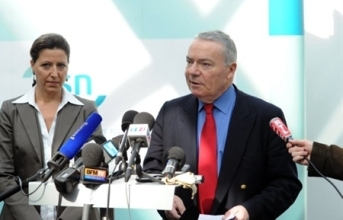Governments are reluctant to open themselves. Regulatory authorities even more so, generally.

When I was at the French Nuclear Safety Authority ten years ago, the President, Andre-Claude Lacoste, decided to publish the follow-up letters that were sent to operators after they got inspected and audited. He took this decision very much against everybody (in government, operators and civil society). They were scared it could give leverage to anti-nuclear activists to know all the small mistakes they were making. I myself, managing inspectors, must say I was not very comfortable letting my activity be under close public scrutiny.
I learnt my lesson. The end result is globally, today, a much more mature discussion about nuclear safety, and a much better understanding of the effectiveness of public control and regulation by all parties. The operators are much more careful to respond to the Regulator’s observations and are being held accountable by the public. The anti-nuclear activists watch how control is effectively done. The Regulator itself is more careful to have a balanced view.
That was a bold step. A step many regulatory authorities in many fields have not yet taken. But that was openness 1.0. – before the Fourth Revolution.
Although the French Nuclear Authority does use today many social tools, it is still only one way, only broadcasting. When will Regulators move decisively into openness 2.0?. Go and open discussion forums, create a network of interested people, let people comment on blogs and articles, let a debate grow, let people in the organization be in touch with the citizens, their issues.
Most people will think it is risky. It is as risky as when 10 years ago, Andre-Claude Lacoste decided to publish inspection follow-up letters.
It will only bring the debate to an even more mature stage, where the Regulatory authority, a public authority, will perform its job closer to the citizen. Where all parties will be able to express their views publicly and create the right debate. And at the end, where the citizen will feel it is taken care of.
Open Regulation 2.0, where the Regulatory Authority will foster debate and exchange on the industry it regulates, listening much more deeply and quickly to citizen’s issues, is the way Regulation will work in the Collaborative Age.
The French Nuclear Safety Authority was a precursor of Open Regulation 1.0. Will it also be a precursor of Open Regulation 2.0?
